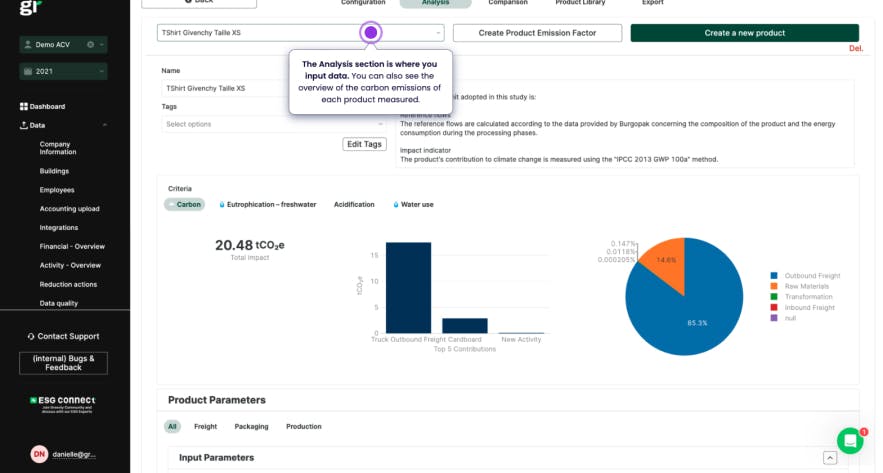
Sustainable Development Goals (SDGs): All You Need to Know
The United Nations has defined 17 goals, aimed at creating a better world. What are these so-called "Sustainable Development Goals" ? Explanations.
ESG / CSR
Industries
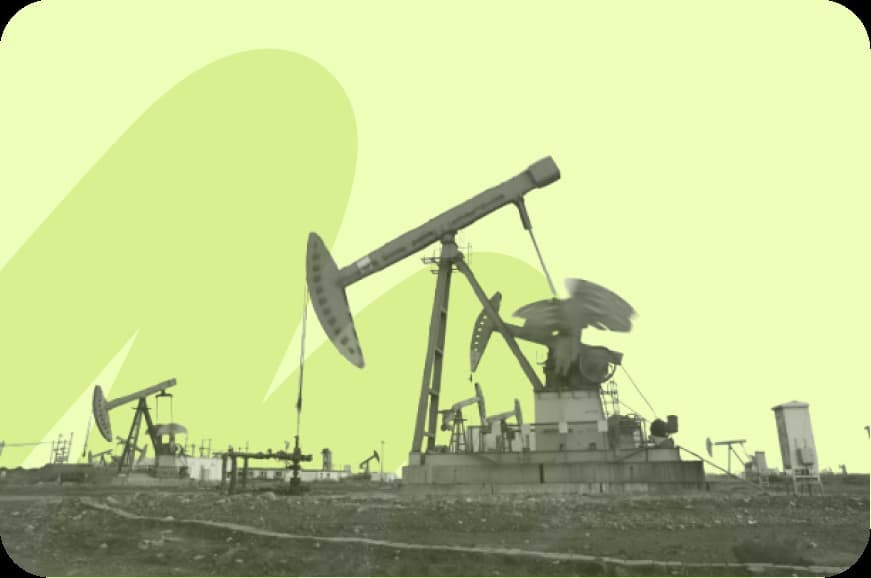


Upon Donald Trump’s re-election as the 47th president of the United States, many are concerned regarding reproductive freedom, rights for the LGBTQ+ community, and climate change – especially in light of Trump’s previous comments to “drill baby, drill” to stimulate the U.S. economy.
Having always been skeptical of climate change and an advocate for boosting the economy of the United States, regardless of how it may impact the environment, Trump has an infamous motto to “drill baby, drill” – but it may not be as easy for Trump to increase gas and oil production as it he may think it be.
In this article, we’ll explain the controversy regarding “drill baby, drill”, why it may not be so easy, and how Trump will impact the environment regardless of “drill baby, drill”.
“Drill Baby, Drill” is a Republican, politico motto first coined in 2008 by Micheal Steele at the Republican National Convention as an effort to incite excitement regarding the idea to avoid dependency on foreign oil and reduce energy costs.
💡NPR has previously stated how it’s important to remember that “drill baby, drill” is more of a slogan than it is a fully-fleshed out business plan – especially as, unbeknownst to most, Republicans prior to Trump have used the phrase before.
Here are some of the reasons why the Republican party has continued to boast the notion of “drill baby, drill”:
👉 Overall, “drill baby, drill” is a phrase used by Republicans, most infamously by Trump, to encourage excitement around the idea of increasing domestic oil and gas production in hopes of curbing inflation and boosting the economy.
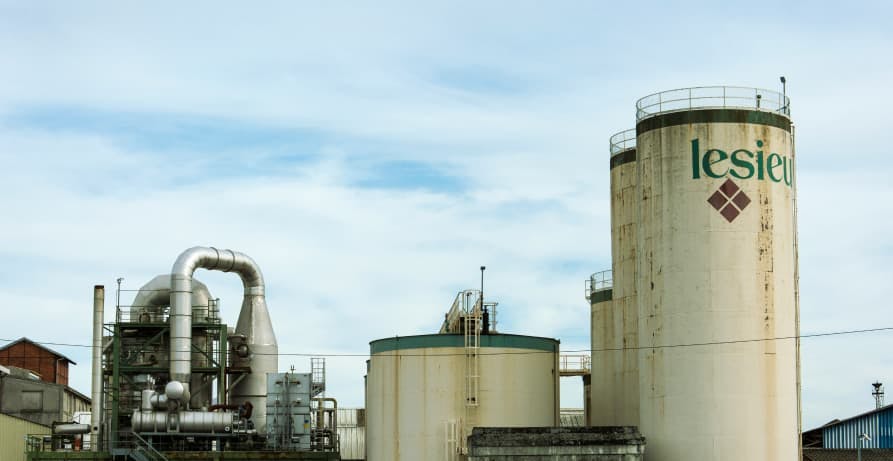
A whopping 44% of Americans are in favor of increasing domestic oil production in hopes of reducing energy prices and decreasing dependence on foreign energy sources.
💡 Since Trump’s re-election for president in 2024, it is more evident than before that a large majority of the country is more concerned about increasing prices, inflation, and keeping their businesses afloat as opposed to many of the issues discussed in Kamala Harris’s campaign – illustrating that many are interested in “drill baby, drill.”
Here are some of the reasons why Americans are in support of “drill baby, drill”:
👉 Ultimately, those in support of “drill baby, drill” are concerned about both their own and the country’s current financial obstacles – and view increased oil fracking and finite energy resource projects as a way to escape fiscal peril.

Up to 53% of Americans are against oil fracking and increasing domestic oil production, as it could cause continued harm to the planet – and prevent the United States from adhering to its previous international treaties, such as the Paris Agreement, vowing to prevent global temperatures from exceeding 1.5°C.
💡 The main reasons why over half of Americans, many of them Democrats, are against “drill baby, drill” is because it could harm our air quality surrounding ecosystems, increase global temperatures and spur more frequent and intense natural disasters – putting the country and the world in a vicious cycle where the effects of climate change never end.
Here are some of the reasons why Americans are against “drill baby, drill”:
👉 ”Drill baby, drill” could have irreversible consequences on our climate in a time period where taking proactive measures are more imperative than ever before – making “drill baby, drill” a living nightmare for environmental activists.
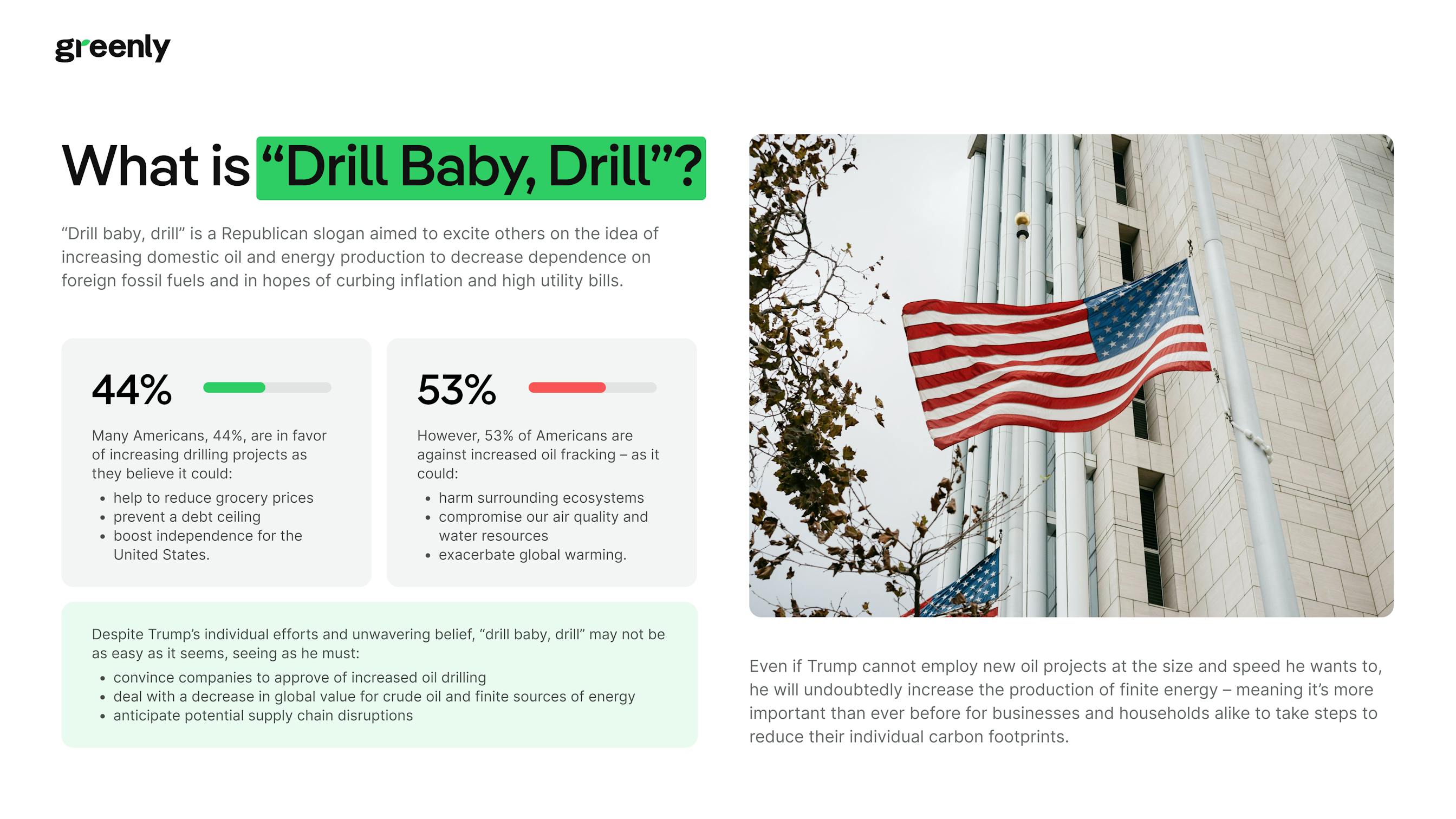

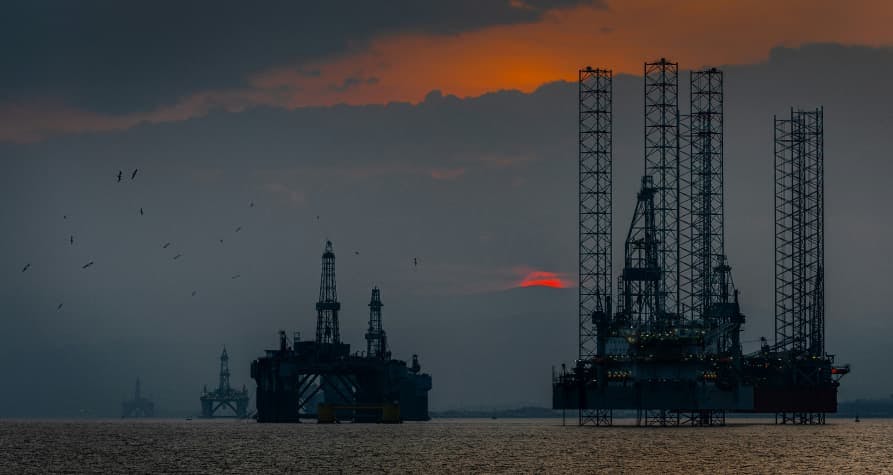
“Drill baby, drill” isn’t as easy as Trump has made it sound to be, as he would need the approval of producers to increase their production of crude oil and petroleum – in addition to getting companies on board with, “drill baby, drill” despite the poor market forecast.
💡Two major components that may keep Trump from proceeding with, “drill baby, drill” include the decreased global demand for finite energy in addition Wall Street aren’t going projecting a global, low-value trade market for oil and gas.
Here’s a breakdown of why Trump won’t be able to, “drill baby, drill” as easily as he might think he’ll be able to:
As countries around the world, including the United States during Biden’s presidency, make an honest effort to transition to a clean energy economy and reduce their GHG emissions – the production of finite energy sources is becoming less valuable to other nations around the world.
Therefore, despite Trump’s desire to slash the development of energy efficiency infrastructure in place of new oil drilling projects, companies will be aware of the decrease in fiscal value of drilling, and in turn – not be willing to drill as much as Trump may want them to.
When there is an increase in tariffs, demand goes up – especially when no longer importing cheaper goods from other countries such as China, Canada, or Mexico. If these potential American-made goods and services, such as domestically produced energy, become the most affordable and relevant option available – there will be a spike in demand, and a subsequent increase in price.
👉 Ultimately, American producers won’t want this to happen as their product or service will become inaccessible to many American consumers – meaning that Trump won’t be able to, “drill baby, drill”.
Even if there are companies willing to be on board for Trump’s, “drill baby, drill” movement – their current supply chain dynamics may not allow for a sudden increase in oil production.
In the end, it’s important to remember that even if Trump is president – he can’t magically find all of the resources, various moving parts, and approvals necessary to “drill baby, drill” at the sudden speed he believes he can.
The table below will depict additional reasons why, “drill baby, drill” could be challenging for Trump:
| Challenge | Description |
|---|---|
| Oil Price Volatility | Crude oil prices remain volatile, complicating investment decisions for new drilling projects as they depend on stable price forecasts for profitability. |
| Environmental Opposition | Environmental regulations and public protests against fossil fuel projects create legal and social barriers, delaying projects or increasing costs. |
| Global Market Dynamics | Global competition, particularly from OPEC+ and their control over oil supply, influences U.S. production by affecting price competitiveness. |
| High Production Costs | Shale oil extraction, a key U.S. method, often has higher breakeven costs compared to conventional drilling, especially when oil prices are low. |
| Investor Hesitation | With rising global focus on ESG (Environmental, Social, and Governance) criteria, investors are increasingly cautious about financing fossil fuel projects. |
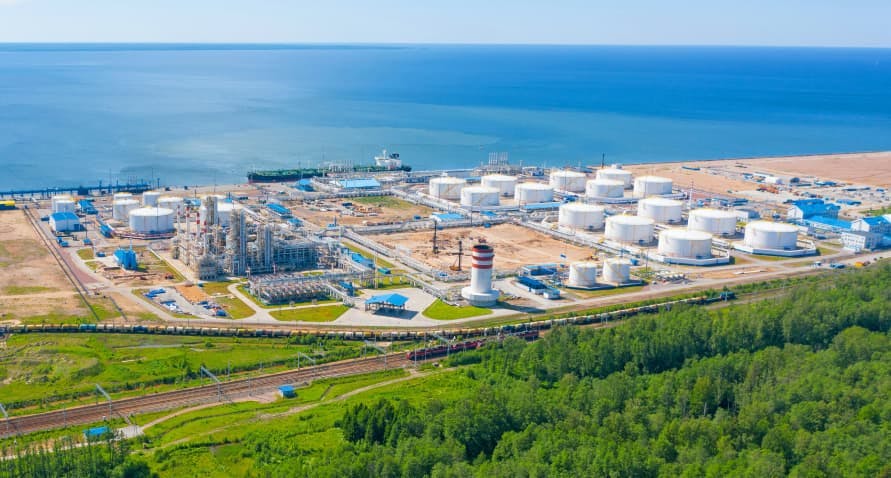
Even if Trump won’t be able to, “drill baby, drill” – he will still create a colossal, irreversible impact on the environment – as his presidency could result in over 4 billion tonnes of carbon dioxide equivalent (GtCO2e) by 2030.
Here are some of the ways a second Trump-term will have an effect on climate change:
Overall, whether Trump is able to “drill baby, drill” or not – he will be able to reverse several of Biden’s policies previously implemented to prevent climate change from becoming a national emergency.
As Trump will indeed be successful in passing some new oil and drilling projects, which will contribute to global warming – it’s more important than ever before for businesses and households in the U.S. and beyond to take control of their actions to fight against climate change.
If reading this article on Trump’s motto regarding, “drill baby, drill” has made you interested in reducing your carbon emissions to further fight against climate change – Greenly can help you!
It can be overwhelming to figure out how to effectively reduce emissions in your business, but don’t worry – Greenly is here to help. Click here to schedule a demo to see how Greenly can help you find ways to effectively reduce emissions across your company.
Greenly can help you make an environmental change for the better, starting with a carbon footprint assessment to know how much carbon emissions your company produces.
